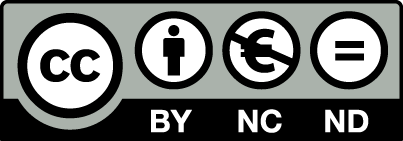Publisher:
Humboldt-Universität zu Berlin, DFG Research Unit 2569 FORLand "Agricultural Land Markets - Efficiency and Regulation", Berlin
Abstract:
The “Greening” measures of the EU’s CAP, implemented in 2015, have been intensively debated in terms of their effectiveness and efficiency for agricultural, environmental, and climate outcomes. This study explores the fine-scale spatiotemporal dynamics of Ecological Focus Areas (EFAs) (with a particular emphasis on fallow land). We use annual land-use data at the plot level from IACS for Brandenburg in Germany from 2005 to 2018 and apply quantitative spatial metrics. In result, we find EFA measures to represent a small percentage of the total area of agriculture, with catch crops dominating, followed by fallow land and nitrogen-fixing crops. Fallow land decreased until 2015 and slightly increased with the introduction of Greening. Half of the fallow land in 2015 was fallow land in the previous year, while the other half had been used for cereals, fodder and oil seed plants. A large share of fallow land shows a low permanency of 1 up to 4 years. EFAs and particularly fallow land hence may contribute to environmental performance in agricultural land use, yet currently they do so to a limited degree. We suggest a change in types of EFA measures, spatial optimisation to reduce fragmented patterns, and a higher permanency of fallow land by a better alignment of agricultural and landscape policies and planning.

